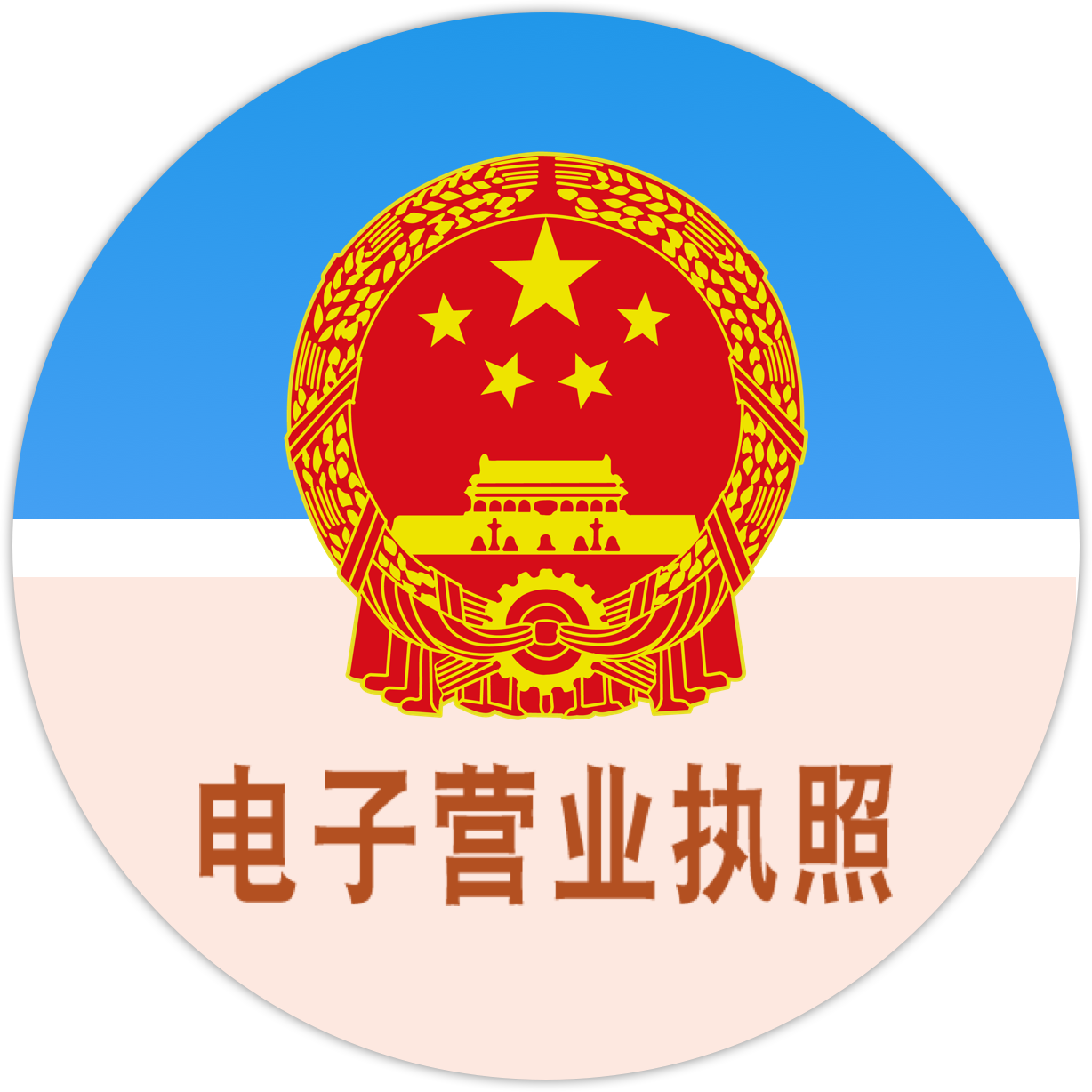Impact of sustained low oil prices on end users’ specifications. Part 1 - See more at: http://www.valve-world.net/blogs/174/impact-of-sustained-low-oil-prices-on-end-users-specifications-part-1.html#s
With sustained low global oil prices in 2015 the knock on within the industry is currently extensive. All aspects of the supply chain are being affected with reduction in expenditure, projects, redundancies, company re-structuring, travel restrictions etc.

End users have and will continue to streamline their investments and expenditure while the oil prices remain low well into 2016.
Having now experienced many of these booms and bust cycles, one area that will be guaranteed to be looked at is END USER SPECIFICATIONS. These specifications will be challenged to see if the requirements are relevant or excessive. If the specifications are excessive then often the term used is Gold Plating.
In reality Gold Plating affects:
-
The valve cost
-
Impacts on the delivery
-
Projects schedule etc.
This also can be a driver to seek alternative valve manufacturers who claim they meet the specifications but in reality they can’t. Safety and Operational problems occur. (A negative impact)
Part 1 will address;
-
Testimony of my first experience of Gold Plating
-
How and why do end user specifications run the risk of being Gold Plated?
-
How do end users control / not control their specifications to prevent Gold Plating?
Part 2 will address;
-
Benchmarking end users’ specifications for Gold Plating
-
Some examples of why additional requirements are specified. Is this Gold Plating necessary?
-
How should the supply chain respond to Gold Plating?

Testimony of my first experience of Gold Plating
As Engineering Technology Manager at an end user I had proudly produced detailed project specifications for a Far Eastern project to be managed by a contractor. These specifications were spectacular in their content and coverage to ensure a safe, low maintenance and effective plant operation. When the specifications were printed they achieved five large A4 folders! What quality!
An unexpected Town Hall meeting of Engineering Department was called by the Chief Executive. Indeed this was most unusual so en masse all the engineers attended with anticipation. What we were about to hear none of us expected.
The Chief Executive deeply criticised “Engineering Department Project Specifications”. Strategic presentations of the importance of this project were given and how project costs were too excessive. One key area that needed urgent attention was “The Project Specifications”. The contractor had highlighted that they alone increased the costs by 20% with significant delivery knock on effects. They had benchmarked our specifications against a recent project build.
The instruction was to reduce the impact of the project specifications by at least 20%. There was no debate, no discussion – it had to be done. Oh yes, it all had to be done within 1 month.
There was utter silence from the engineers. We were stunned. How could we reduce the costs? That’s not an engineer’s job. Engineers write the specifications and procurement procure……
Management had prepared their case by examples. They tore into the specifications text. What was mandatory and why? What was a preference and why? Why were some requirements just stated?
A discussion attempted to take place but it did not last long. The message was clear. Engineers were in disarray.
As a result of this meeting top priority was given to this task. It was indeed a focused learning curve to re-train and to challenge all that was written. The month passed and the project specifications were re-issued. Only 1 A4 folder remained. The Chief Executive and Contractor accepted them.
The plant was built and today, after 25 years’ plant operation, the operational, maintenance and safety requirements were met consistently.
There were so many lessons learnt from the above testimony that have been valid over the years which still apply
How and why do end user specifications run the risk of being Gold Plated?
Engineers have the option to amend specifications to reflect areas not currently covered by international standards. Also they add lessons learnt and preferential requirements. It’s easy to “cut and paste”. What can happen is that over the years these changes are not monitored or managed so they are left unchallenged. Then engineers leave and new engineers take on the role and they too add requirements to the specifications. The “snow ball” gathers momentum…..The testimony shared above changed this scenario.

How do end users control / not control their specifications to prevent Gold Plating?
The end user needs to monitor engineering specifications against an internal control document through a management structure.
The internal control document should detail:
-
The acceptance of International Standards with a full understanding of options / requirements that require end user input before order placement.
-
Criteria of importance should be stated for additional requirements.
-
Requirements for HSE & Safety.
-
Requirements for plant operation.
-
Requirements for plant maintenance.
-
Requirements for innovation.
-
Lesson learnt.
-
Engineering preference.
-
Any other reason?
-
-
Review of existing specifications should be undertaken against b) above and areas that are in addition to International standards identified and challenged as described in d) below
-
Any current extra requirement or proposed change to International Standards should be quantified by:
-
The reason for the inclusion / change?
-
What benefit / value does the change have to the end user?
-
If changed will there be a restriction in supply and / or cost implications / schedule?
-
Is there an alternative, more cost effective solution?
-
What will happen if the change is not implemented?
-
-
A management structure consisting of engineering and project/ operations should exist to approve the changes. (Warning – do not leave just to standards group!)
-
Within the control document some form of standardised definition on
-
Mandatory using say “shall”.
-
Optional alternatives using say “may”.
-
Other definitions could be added but these tend to cause confusion.
-
Once again thank you for your time. It would be very interesting to hear from the valve community on your experience of Gold Plating whether you are an end user, contractor or in the valve supply chain. Any comments would be neutralised hiding the writer’s identity.
- See more at: http://www.valve-world.net/blogs/174/impact-of-sustained-low-oil-prices-on-end-users-specifications-part-1.html#sthash.wmxnkwPh.dpuf



